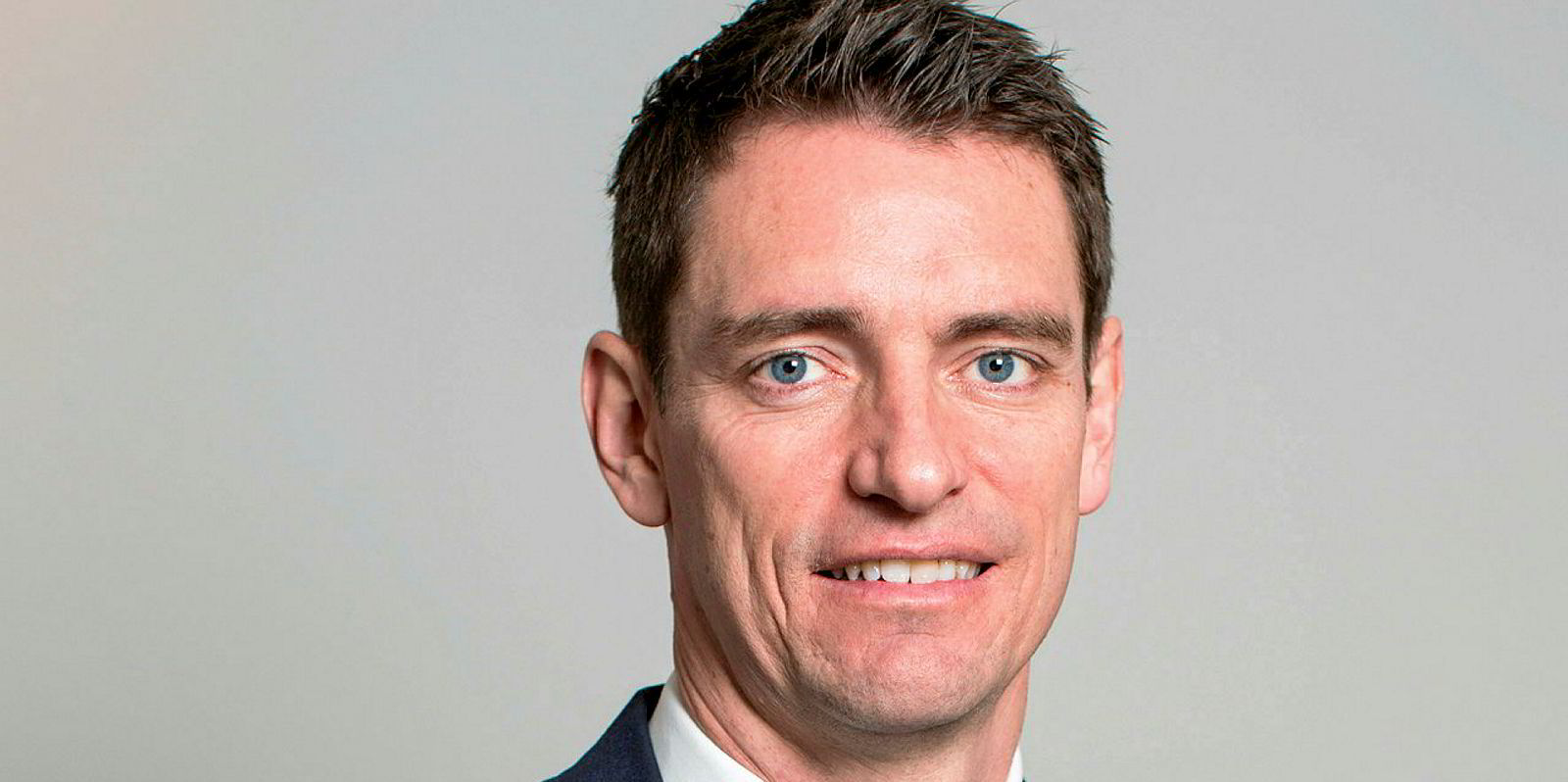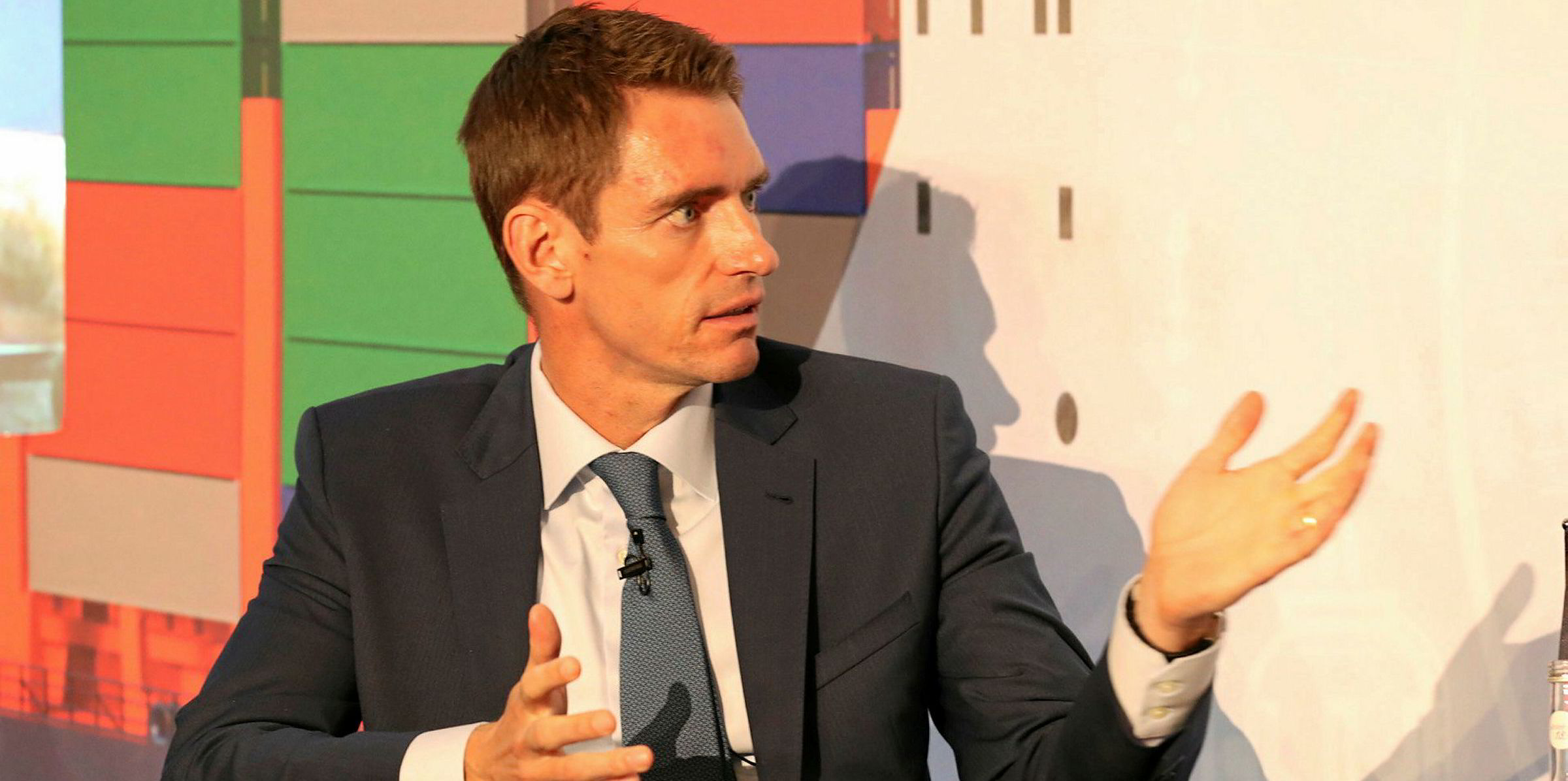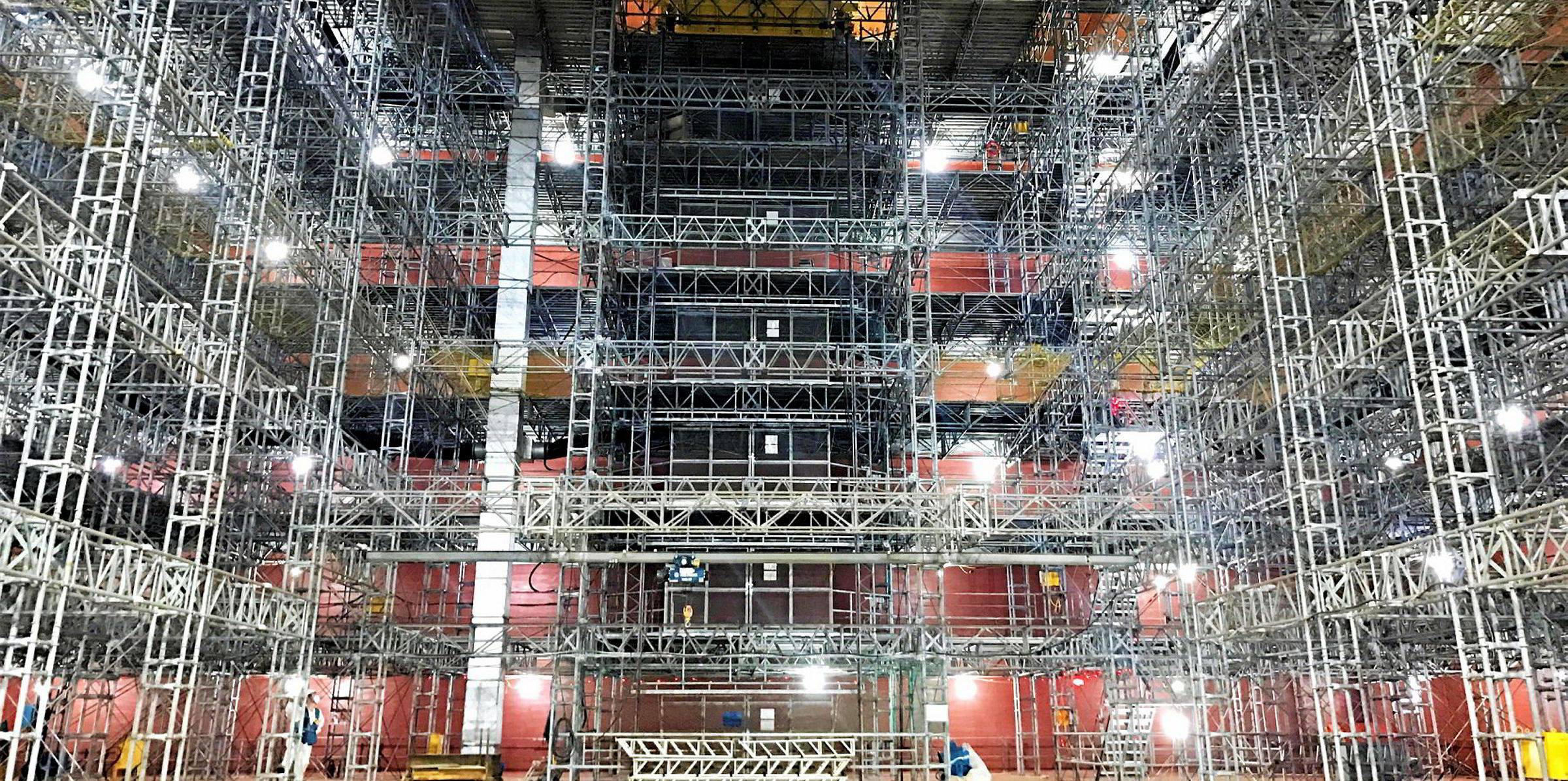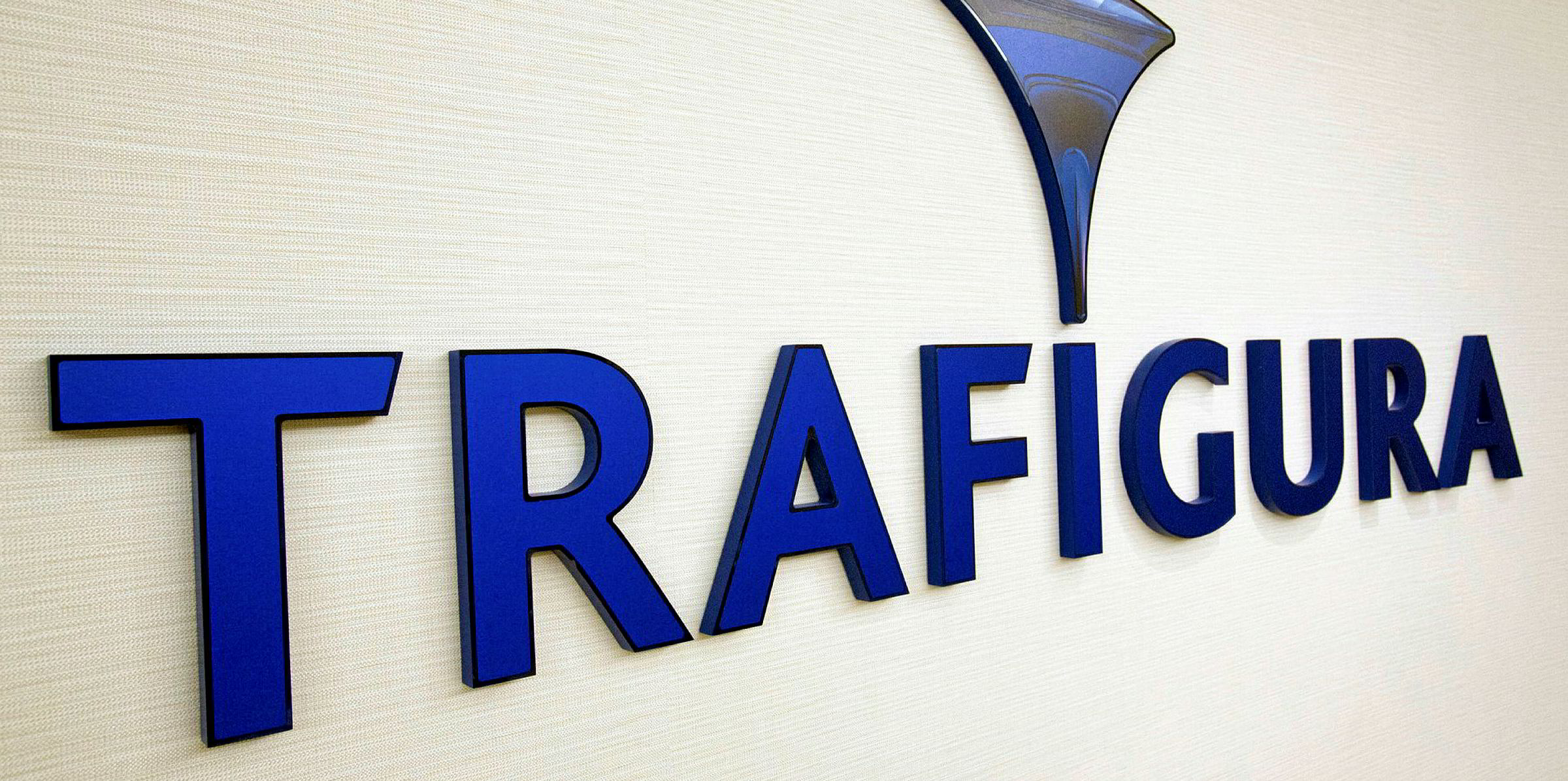Trafigura is looking for opportunities to acquire secondhand tankers for their forecast cash flows, having completed some of the largest resales in shipping that involved 29 ships earlier this year.
According to Rasmus Bach Nielsen, head of the trading giant’s wet freight desk, the buying interests mainly arise from firm freight environments rather than the possible upside in asset prices.
“We are looking at secondhand ships as we find the possible cash flow attractive,” Nielsen told TradeWinds.
With a small orderbook, increasing long-haul shipments, and reduced tonnage supply amid disruptions from IMO 2020, many industry players expect strong tanker earnings in the coming quarters.
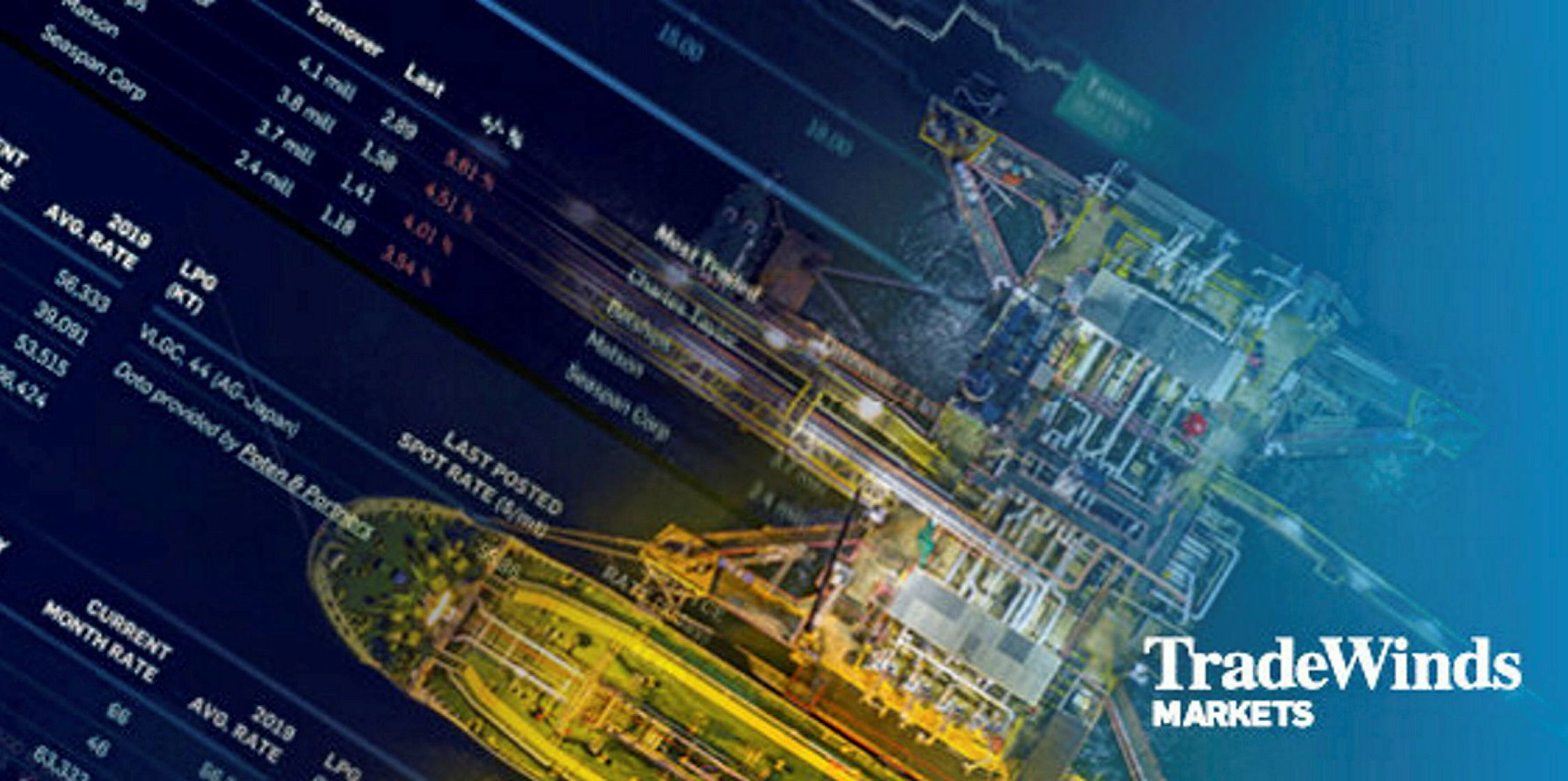
TradeWinds has launched a markets data platform as the latest step in improving our services to subscribers.
In addition, Nielsen pointed out more than 20% of the global crude tanker fleet is more than 15 years old.
This would theoretically provide a floor to tanker earnings, as shipowners are expected to scrap the less fuel-efficient units once freight rates fall below satisfactory levels.
“[There are strong] supply and demand fundamentals we haven't seen for many, many years,” Nielsen said.
Aside from stating that Trafigura generally avoids vessels aged 15 years or more, Nielsen did not disclose his preferred types of secondhand tonnage, though.
“Each ship has its own merit,” said Nielsen, adding that Trafigura would adopt an “agile” strategy in evaluating the business case of every potential deals.
With tanker prices having increased by at least 10% to 20% in most asset classes over the past two years, Nielsen pointed out there could be further growth amid healthy market outlook.
“There is a good chance [for asset values] to appreciate. However, it’s not clear by how much,” said Nielsen.
But the executive suggested Trafigura would not be interested in placing newbuilding orders for the moment, in part due to the uncertainty over decarbonisation rules.
“We are not in the newbuilding space at the moment,” said Nielsen.
Big deals with leading players
Earlier this year, Trafigura swapped its leasehold interests in 10 suezmaxes, 15 MRs and four LR2s for cash and equity in Frontline and Scorpio Tankers in two transactions that achieved net profits of $201m in total.
Those vessels were part of the 35 tankers that Trafigura had ordered from Chinese and South Korean yards in 2017 and 2018 on the back of financing provided by Bank of Communications Financial Leasing.
The deals caught some industry players by surprise as Trafigura, despite being a major charterer, was not known for taking equity in shipping companies.
“We could have run [the 29 ships], and it would have been a very nice portfolio with very low breakeven rates, because it was entered at a very opportune time,” said Nielsen.
“But we saw liquidity. We were able to capitalise and monetise the position. It was really an opportunity that we deemed as being very attractive and the best one at the time.”
“We targeted them because they're both leading in their spaces and looking at the positive market developments we are very pleased that it has been a win-win transaction for all parties.”
Frontline and Scorpio operate large fleets of eco ships, of which many are fitted with scrubbers.
“Both companies are super well positioned to capture the benefits of a firming freight environment,” said Nielsen.
Charter strategy
To benefit from strong earnings outlook, Trafigura has expanded its time-chartered fleet significantly.
According to its annual report, Trafigura had on average 100 to 120 tankers under period charters in the year ended 30 September, compared with 45 to 65 ships in the previous 12 months.
Having told TradeWinds he was targeting a fleet size between 55 and 85 tankers for the recent financial year, Nielsen admitted he was being “a little bit conservative”.
“We approached a market that is very dynamic,” Nielsen said. “We will maintain an agile strategy to respond to the fast changing dynamics.”
“We’ll just go along and trade the market as it plays out.”
Trafigura now operates more than 120 tankers on time charters, of which 25 to 30 vessels are chartered in for at least 12 months.
The increase of Trafigura’s exposure to tanker markets has come as many charters are done at what the trading house believes to be attractive rates, TradeWinds understands.
Fixture data suggests Trafigura has been keen on the VLCC segment. Nielsen confirmed that his company has 11 VLCCs in its fleet, compared to none a year ago.
“We do like it. We see good potential. We do believe tonne-mile [demand for VLCCs] is very positive,” Nielsen said.
